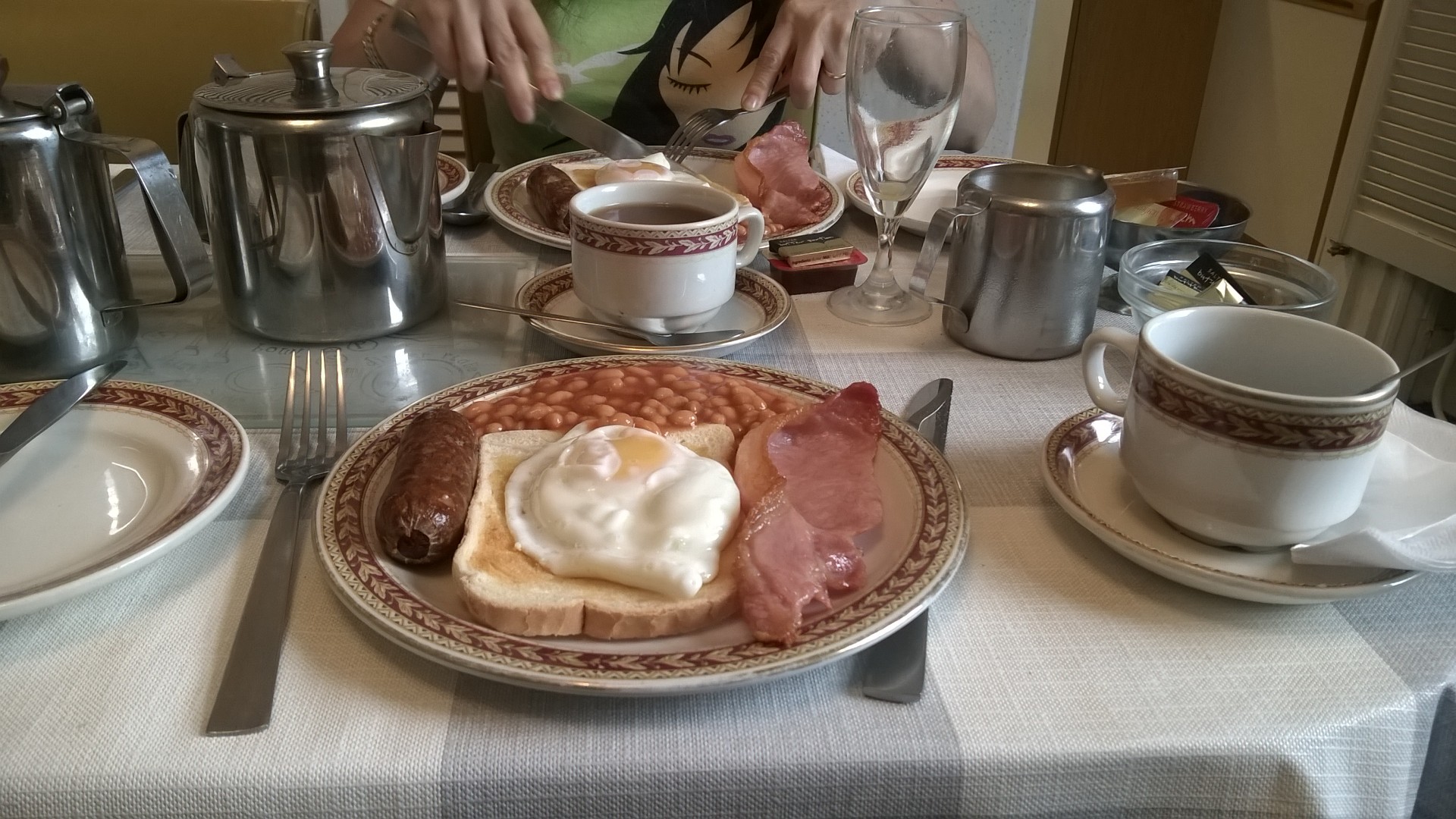Ordering food è una funzione linguistica molto importante: riconoscere e saper ordinare del cibo è di vitale importanza in molte circostanze soprattutto se, trovandoci fuori dai confini italiani, vogliamo gustare le specialità locali e comprenderne la valenza culturale.
Consiglio sempre di non cercare i nostri piatti in un Paese diverso dall’Italia sia perché ci deluderebbe, sia perché perderemmo uno degli aspetti culturali di maggiore rilievo del nostro viaggio.
| At the restaurant | |
|---|---|
| Introducing the topic | Explain what the students are going to learn, what they will be asked to do and how the final task will be evaluated. |
| Warm-up | Ask questions: 1. How often do you eat in a restaurant? 2. Where do you usually go? 3. Who do you usually go with? 4. What is your favourite food? 5. Do you like to try new food and drinks? |
|
Sample dialogue
|
Waiter: Good evening. Can I help you? Bob: Good evening. A table for two, please. Waiter: Here you are. And here are the menus. I’ll be back in a minute to take your order. Lucy: Thanks. Bob: Well, Lucy, do you want a starter? Lucy: I’m not very hungry, so I think I’ll just have a salad. Waiter: Are you ready to order? Bob: Yes. I’ll have the the baked trout for my main course. Lucy: And I would like the Greek salad. Waiter: What can I get you to drink? Lucy: I think we’d both just like water. Waiter: Sparkling? Or still? Bob: I want sparkling, please. Lucy: I’ll have still water. Thank you. Waiter: Very good. I’ll be back in a minute with your drinks. After a while Waiter: Was everything all right? Lucy: Well, the salad was really fresh, and the dressing was tasty. Bob: The baked trout was OK, but a little overdone. Waiter: Would you like a dessert? Bob: No, thank you. Can we have the bill please? Waiter: Of course. Will that be cash or credit card? Bob: Cash. Here you are. |
| Map of words and useful sentences | Flashcards per la revisione di vocaboli |
| Group/Pair work | Speaking activity |
| Simulation and feedback | |
| Role-play |

